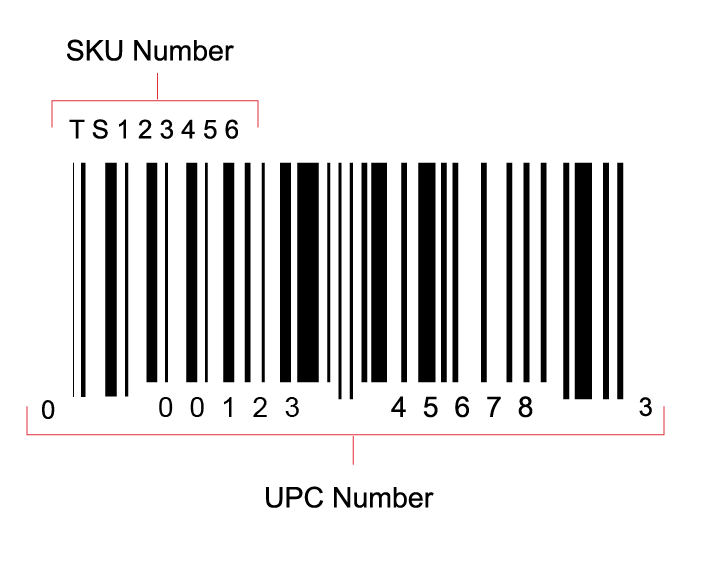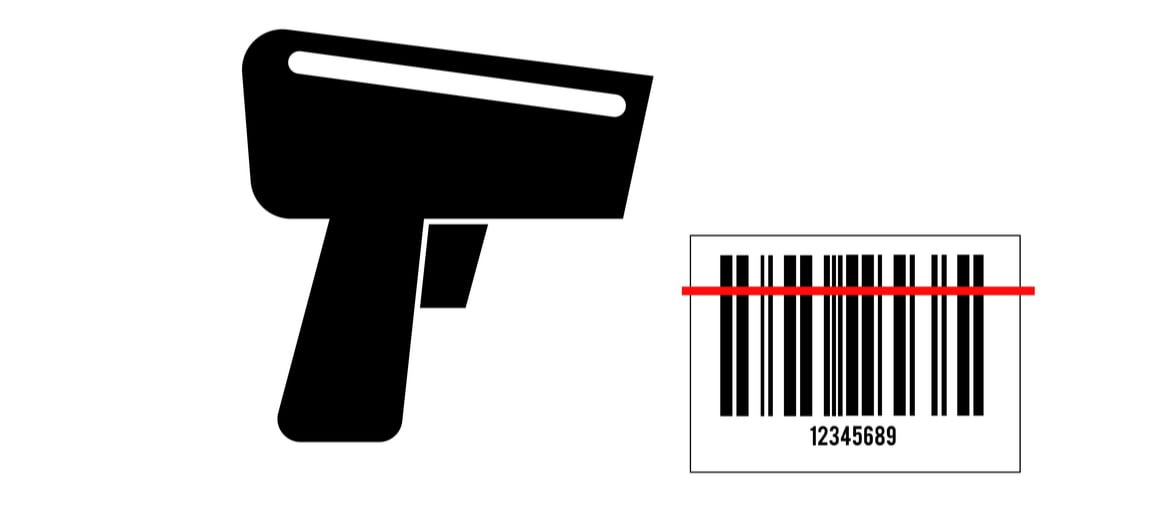Table of Contents
Are you looking for ways to make your business more competitive? On this blog we’ve already discussed digitalisation, e-commerce and all the advantages in terms of efficiency and competitiveness that a digitalised company enjoys.
Today, however, were going to look at a specific solution: SKU numbers, the codes used by businesses to keep track of products within their inventory.

This tool gives businesses a detailed and comprehensive view of their inventory and allows them to improve their efficiency and delivery times, analyse sales trends and suggest products to their online customers. Basically, it helps businesses to run as smoothly and effectively as possible.
Let’s have a detailed look at what an SKU is and how it works.
What is an SKU?
An SKU – an acronym that stands for Stock Keeping Unit – is a unique sequence of characters and numbers associated with a particular product, used to track products within a company’s inventory. It is not universal like a barcode; instead it is designed exclusively for internal use within the business.

Error! Hyperlink reference not valid.
The sequence of characters usually refers to the product’s key features, provided in order of importance depending on the business’ needs: for example, the first characters in the sequence may correspond to the price bracket, the second to the gender, the third to the size, the fourth to the brand, and so on.
An SKU number can also be used to identify the item’s location, for instance communicating whether the product is in the warehouse or in the shop. One product can therefore have multiple SKUs depending on where it is currently located within the business.
In short:
-
An SKU number is an alphanumeric sequence associated with a product.
-
An SKU is not universal: it is used solely within a business.
-
Each SKU is unique within the company.
-
Over the course of its life, the same product can have multiple SKU numbers associated with its location.
How are SKUs used?
SKUs are used a great deal by online retailers – we’ll see the reasons why later on – but in general they offer an extremely detailed and comprehensive view of the business’ inventory, down to the smallest unit of sale.

The SKU’s structure is entirely at the discretion of the business. Before creating one, you need to consider which aspects you would like to track and their order of importance. If customers often ask you for information on colour, for example, you could insert this parameter near the beginning of the sequence to allow you to provide a quick response.
The length of the number depends on the size of the inventory. If, for example, it is very small and all one brand, you may only need to track the type of product and a few other details, perhaps with SKUs structured like this:
Type-Size-Colour
Other useful product information that can be identified through SKUs includes:
- Colour
- Dimensions
- Gender
- Price
- Style
- Brand
- Article number
- Category code
- Warehouse
In short:
-
The SKU number depends on the company’s strategic vision and needs. If you have the chance to create an SKU structure from scratch, it’s worth taking your time and thinking hard about how best to assemble it.
-
The complexity and length of the SKU depends on the size of the inventory.
How to create an SKU
For a small inventory, you can create SKUs manually – with the help of some Excel spreadsheets – or with an online code generator. If, however, the situation is more complex – a business with thousands of products distributed across various warehouses and shops – it is definitely better to assign SKUs using a POS, the system used by businesses to handle sales transactions.
Here is some handy advice on creating an SKU number:
- Keep the code between eight and twelve characters long.
- Never start with a zero, as this could cause errors during scanning.
- Avoid letters that could be confused with numbers, like O and I.
- Only add strategically useful information to the SKU.
- If possible, make the format comprehensible. For example, if you sell PC keyboards, KYB101 could be a keyboard with a cable, and KYB102 could be the wireless alternative.
The difference between an SKU and a UPC
One of the most common mistakes people make is confusing the SKU number with other codes on the product, such as the UPC (Universal Product Code), or bar code. But the two are actually quite different. Here’s why:
| SKU | Bar code (UPC) |
| Comprises numbers and letters | Comprises numbers and a barcode |
| Variable length | 12 digits |
| Used internally within the business to keep track of stock | Universal, governed by an international standard |
| Identifies certain product characteristics chosen by the business | Identifies the product and the manufacturer |
| It’s free. | Fee payable |
It is therefore important not to confuse the two different types of code, and to ensure there is no overlap between them.
Advantages of SKUs for businesses
- Keeping a close eye on stock levels: clever use of SKU numbers can help you to optimise your stock levels and warehousing. For example, it makes it much easier to monitor whether a certain type of product is running out, and order more in advance. Or to move products from the warehouse to the shelves before they are completely empty.
- Monitoring trends: you can use data to work out which products are selling better than others. This is very useful information, enabling you to push these products even more, or launch marketing campaigns to promote less popular products… before deciding whether or not to remove them from your inventory once and for all.
In general, using data collected and analysed through SKUs helps you respond more promptly to fluctuations in the market. - More efficient shipping and logistics: SKU numbers tell you very quickly where certain products are and where they need to be. Combining this sort of data makes it easier to organise shipments and movements of goods and to make them as efficient, economical and sustainable as possible.
- Buying advice for online shoppers: if you sell online, SKUs allow your system to automatically recommend potentially interesting products, or help customers find what they’re looking for.
In general, SKU numbers are a very important tool for anyone selling online through e-commerce channels.
In summary, using SKUs is one practical example of how to digitalise your business – large or small – and make it more competitive and ready to tackle the challenges posed by the market.

Are you ready to get started?



